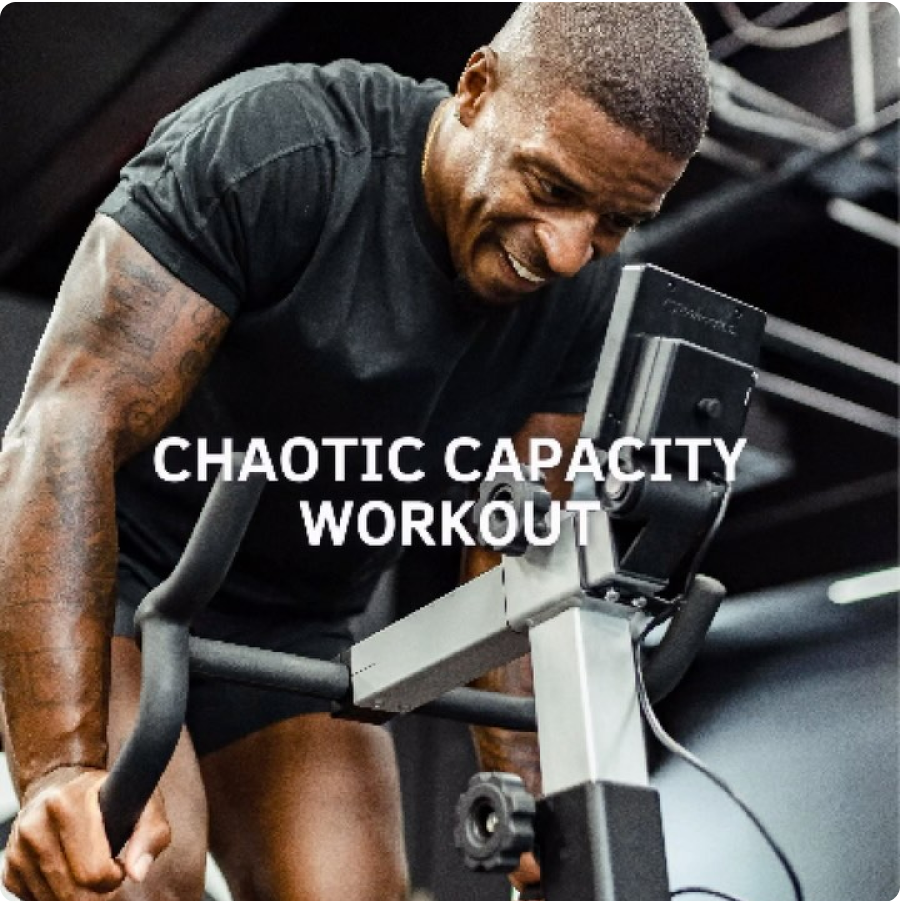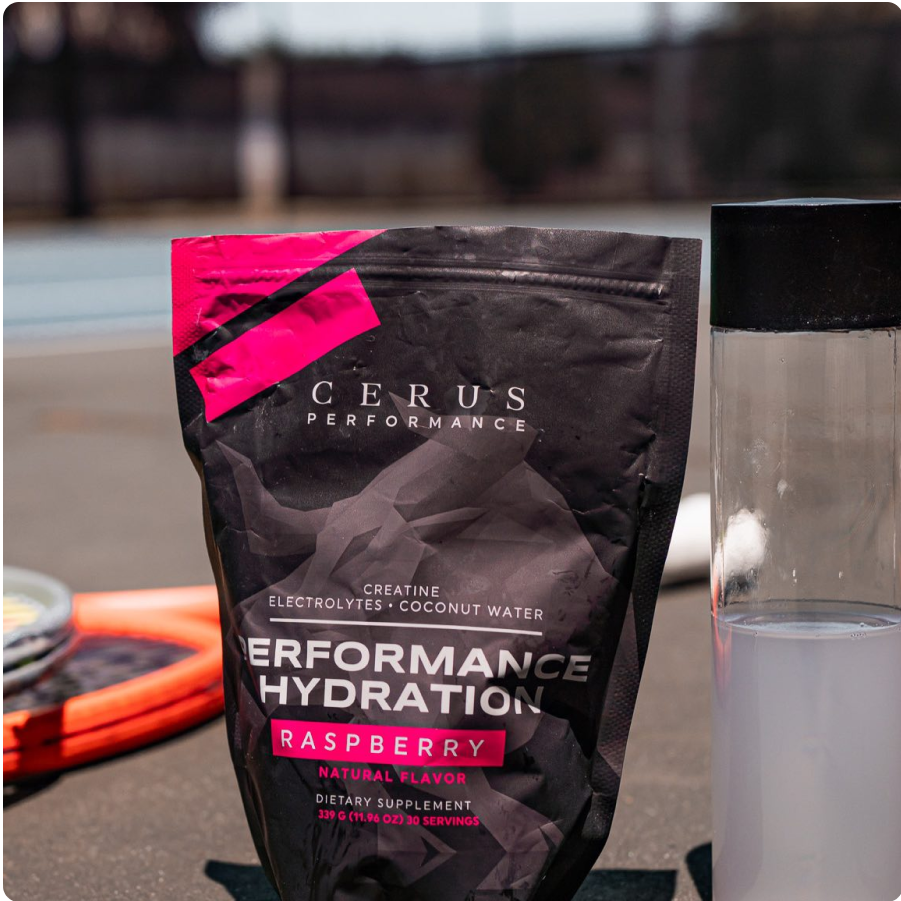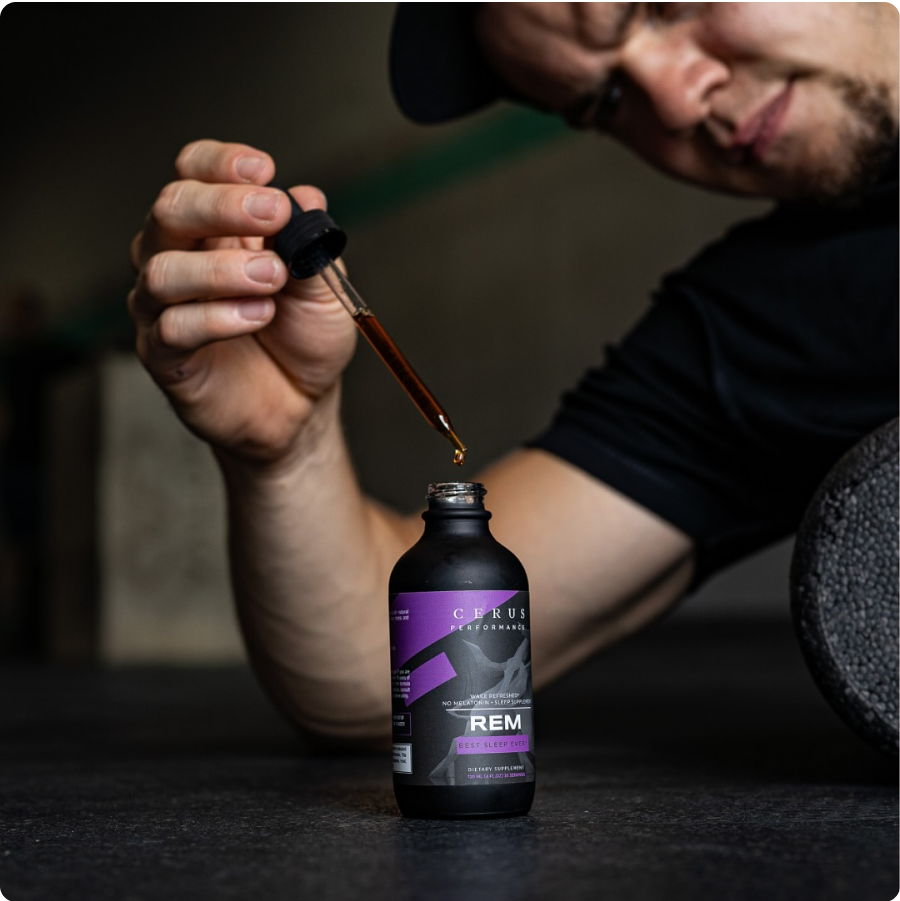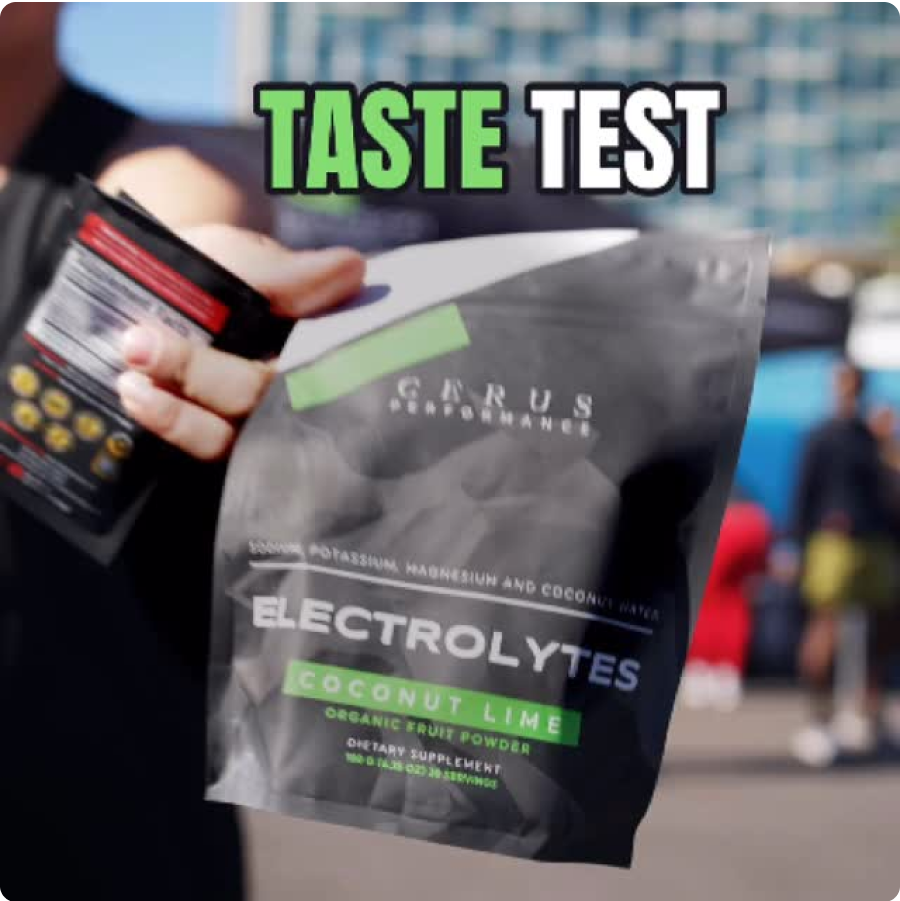8 Signs Your Pre-Workout Is Making You Run Like a Weekend Jogger
What 25,000+ Elite Runners Discovered About Championship-Level Performance
The shocking truth about why traditional pre-workouts are sabotaging your race times and training consistency
Mile 18 of your goal marathon. You've been chasing that 3:15 BQ for two years. Your splits have been perfect through the half. Then your legs turn to concrete. Your breathing becomes desperate. The runner who was behind you at mile 10 glides past like you're standing still.
Another race. Another disappointment. Another "next time."
You downed your pre-workout 90 minutes before the gun. Felt unstoppable during your warm-up strides. Crushed the first 10K. Then your body betrayed you when it mattered most—exactly when champions separate themselves from dreamers.
This isn't about talent. This isn't about training volume.
A comprehensive analysis of over 25,000 distance runners—from local 5K winners to national championship qualifiers—revealed a devastating truth: 89% of runners using traditional pre-workouts were unknowingly sabotaging their aerobic engine with products designed for explosive sports, not endurance performance.
The difference between runners who consistently hit their goal times and those who always fall short isn't just genetics or weekly mileage. It's understanding that your pre-workout is either optimizing your body's three endurance systems or actively destroying them.
The 8 Performance Killers Hiding in Your Pre-Workout
1. The Early Leader Syndrome (Miles 1-8)
You feel incredible through the first third of any race, then fade catastrophically. Synthetic caffeine creates artificial energy that burns through your glycogen stores in minutes—exactly when distance running demands steady, sustainable fuel delivery. You're not enhancing endurance; you're front-loading your energy and guaranteeing a back-half collapse.
2. Respiratory Dysregulation Under Aerobic Stress
During tempo runs or race pace efforts, your breathing becomes labored and inefficient instead of smooth and rhythmic. Traditional stimulants spike your heart rate before you've taken a single stride, destroying the controlled breathing patterns that allow elite runners to maintain conversational pace at speeds that leave others gasping.
3. The Recovery Plateau
Between interval repeats, your heart rate takes 90+ seconds to drop to recovery pace while elite runners are ready for the next effort in 45 seconds. Artificial stimulants impair your body's natural lactate clearance and parasympathetic recovery systems—the exact mechanisms that determine how much training stress you can handle week after week.
4. Aerobic Ceiling Dysfunction
Your easy runs feel harder than they should. Your threshold pace drifts upward mid-workout. The jittery energy from synthetic compounds forces your body into anaerobic metabolism too early, preventing the efficient fat oxidation and oxygen utilization that characterize truly aerobic running.
5. The Training Roulette Effect
Some runs feel effortless, others feel like you're running through quicksand—using the same pre-workout routine. This inconsistency stems from your autonomic nervous system being either overstimulated or crashed from previous sessions. Elite runners are elite because they can access their aerobic engine on demand, every single day.
6. The 8-Hour Stress Echo
Post-run, you're tired but wired. Your sleep quality suffers. Tomorrow's easy run feels harder than yesterday's workout. Synthetic pre-workouts trigger a stress hormone cascade that can take 8-10 hours to clear—meaning each run is actually sabotaging your next training session and long-term adaptation.
7. Mid-Run Digestive Rebellion
Nothing derails a PR attempt like stomach distress at mile 15 of a 20-miler. Traditional formulas contain poorly absorbed synthetic compounds that force blood away from working muscles to your digestive system—exactly when endurance performance demands every available resource going to oxygen delivery and energy production.
8. The Adaptation Roadblock
Despite consistent training and progressive overload, your race times have plateaued and your aerobic capacity won't improve. When your cardiovascular and respiratory systems are constantly overstimulated rather than optimally supported, your body loses its ability to make the mitochondrial and capillary adaptations that drive endurance performance gains.
The Hidden Truth: What Championship Runners Actually Do
While most runners chase the next caffeine hit, championship-level performers have quietly moved to a completely different approach. They don't just run more miles—they've unlocked something most runners never discover: the three biological systems that actually determine endurance ceiling.
SYSTEM 1: Respiratory Efficiency
Elite runners don't just take in more air—they utilize oxygen more efficiently. They've mastered the breathing patterns that maximize oxygen delivery while minimizing energy expenditure. This isn't about lung volume; it's about respiratory economy under sustained aerobic stress.
SYSTEM 2: Cardiovascular Optimization
The best endurance athletes don't just have strong hearts—they have efficient hearts that can sustain high stroke volumes for hours without redlining. They maintain optimal cardiac output across multiple pace zones, allowing for sustained aerobic power without crossing into unsustainable anaerobic territory.
SYSTEM 3: Autonomic Balance
Championship runners maintain perfect sympathetic-parasympathetic balance, allowing for rapid recovery between training sessions and optimal stress hormone regulation. Their nervous systems enhance rather than interfere with aerobic adaptation, enabling the consistency that builds championship fitness.
These three systems are what separate runners who peak at local races from those who compete at national championships.
The Breakthrough: How Flow Unlocks Your Aerobic Ceiling
After analyzing the nutrition strategies of 52 national-level distance runners and consulting with leading endurance physiologists, we discovered something remarkable: the best distance runners weren't using traditional pre-workouts at all.
Instead, they were strategically supporting their body's three core endurance systems with precise combinations of organic compounds that enhance rather than overstimulate natural aerobic function.
Flow represents the first pre-workout engineered specifically for the three-system optimization that distance running demands:
Respiratory Revolution
Organic Peppermint Oil doesn't just open airways—it fundamentally enhances oxygen utilization efficiency and breathing economy. Distance runners describe feeling like they've "found another gear aerobically," allowing them to maintain relaxed, efficient breathing patterns even during threshold efforts. This translates to measurable improvements in running economy and perceived exertion at race pace.
Cardiovascular Intelligence
Organic Arjuna Bark has been clinically proven to increase VO₂ max while providing the dual heart-lung optimization that Ayurvedic practitioners have relied on for centuries.
Organic Beetroot Extract boosts nitric oxide for enhanced capillary blood flow and oxygen delivery, allowing your cardiovascular system to sustain aerobic power for hours without accumulating unsustainable lactate debt.
Organic Cayenne Pepper optimizes peripheral circulation, ensuring oxygen-rich blood reaches working muscles more efficiently while enhancing waste product removal. This means maintaining mile-3 efficiency through mile 26.
Autonomic Mastery
Organic Ashwagandha is the endurance game-changer that most runners never discover. While traditional pre-workouts push your nervous system into fight-or-flight overdrive, Ashwagandha actually enhances parasympathetic recovery and stress resilience. The result? Faster adaptation to training stress, improved session-to-session consistency, and the mental calm to execute your race strategy when the pace gets uncomfortable.
The Stimulant-Free Advantage
Flow achieves what no traditional pre-workout can: enhanced aerobic performance without autonomic nervous system debt. No artificial energy spikes that burn through glycogen. No crashes that ruin recovery. No borrowed power from future training sessions. Just your body's natural endurance systems operating at their genetic ceiling, run after run.
The Compound Effect: Endurance That Builds on Itself
Unlike traditional pre-workouts that create performance peaks and valleys, Flow's organic system optimization creates progressive aerobic development. Each run enhances the next because you're supporting rather than depleting your body's core endurance systems.
Elite distance runners using Flow report:
- Maintaining negative split capability in races 10K and longer
- Controlled, efficient breathing patterns even during lactate threshold efforts
- 30-40% faster heart rate recovery between interval repeats
- Enhanced running economy and reduced perceived exertion at race pace
- Consistent training quality regardless of daily stress or fatigue levels
- Improved sleep quality and enhanced adaptation to training stress
- Progressive improvement in time trial performances and VO₂ max testing
The Cost of Continuing Down the Wrong Path
Every training session fueled by synthetic stimulation is another step away from your true aerobic potential. Elite endurance athletes understand something most never learn: championship performance isn't about borrowing energy from tomorrow's runs—it's about unlocking the aerobic engine that's already there.
The runners who qualify for Boston, make Olympic trials, and set personal bests well into their 40s aren't just training smarter—they're fueling their three core endurance systems in a way that compounds over months and years rather than depletes them daily.
"I thought I needed more intensity in my training. Turns out I needed smarter fueling. My marathon PR dropped from 3:47 to 3:31 with better aerobic efficiency and pacing control."
— Jennifer Chen, Boston Marathon Qualifier
"Flow doesn't make me feel faster—it makes me run more efficiently. I can hold my threshold pace 8-12 seconds per mile faster with the same perceived effort."
— Mike Rodriguez, Regional 10K Champion
"Finally, a pre-workout that understands distance running isn't about surviving miles—it's about optimizing aerobic performance consistently."
— Coach Sarah Williams, 12 Boston qualifiers coached











